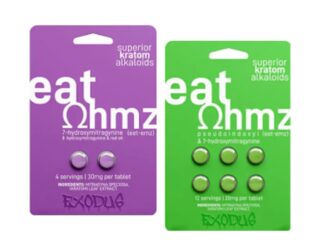
Purchasing a home is typically a very complicated process and one of the most important decisions that a buyer will make is the conveyancing decision. Consumers have a decision between traditional and integrated conveyancing service options. This article aims at exploring both options to provide the benefits and drawbacks of each to the potential homeowners to enable them to make the right decision.
Understanding Traditional Conveyancing
What is Traditional Conveyancing?
Conventional conveyancing is the conventional way of handling the legal issues of property transfer. This is normally carried out by solicitors or licensed conveyancers and it entails a lot of paperwork and personal contacts. Nevertheless, as it has been described in this paper, traditional conveyancing is not without its problems, despite having been the practice for many years.
Advantages of Traditional Conveyancing
Personal touch is one of the main advantages that can be attributed to traditional conveyancing. The parties also value the direct communication with the solicitor and this may help to build confidence. This method also enables the provision of special recommendations in the context of the particular transaction. Moreover, the practice of law by the established solicitors has been done for many years hence they possess experience that can prove useful especially in cases that involve many complications.
Drawbacks of Traditional Conveyancing
However, conventional conveyancing is often slow and costly. The process is manual and this, accompanied by the fact that documents are physically moved from one department to another, causes the process to take a long time. Also, the expenses of engaging a solicitor are normally higher than some of the modern approaches to the task. The following are the main disadvantages that are quite off-putting in the modern world where time is of the essence:
The Rise of Integrated Conveyancing Services
What is an Integrated Conveyancing Service?
Integrated conveyancing solutions combine advanced technology to ensure a smooth and efficient property transfer.
Such services involve the utilization of legal experts together with sophisticated software tools to provide services that are cheaper and more efficient than the conventional techniques. Integrated services claim to decrease time and cost since many aspects of conveyancing are automated.
Benefits of Integrated Conveyancing Services
The first benefit of integrated conveyancing service is that it is fast. Mechanized procedures reduced the time greatly, which in certain cases made the transactions possible much faster than manually. This speed can be very important especially in areas where the real estate market is very competitive and time is of the essence. Furthermore, the idea of integrated services is also economically advantageous because lower fees are provided due to the decrease in manual work.
Potential Pitfalls of Integrated Conveyancing Services
However, it is important to understand that integrated conveyancing services are not without their drawbacks as well. One of the drawbacks of relying on technology is that the interaction becomes less personal. Some buyers may seek a conveyancer who can directly communicate with them; on this front, the process can be slightly detached. Furthermore, sometimes, there could be technicalities or software problems that may hinder the process, though this is very limited.
Making an Informed Choice
Assessing Your Needs
In the case of choosing between the two, it is important that home buyers evaluate their situation to determine which is best for them. Those who appreciate individual approach and are ready to allocate more time and money can turn to traditional conveyancing. On the other hand, the buyers who are more concerned with the speed and cost of the services might prefer integrated services.
Considering the Complexity of the Transaction
Another factor is the nature of the transaction involved in the property; this can be complex. The traditional conveyancing might be more appropriate in such complex transactions which often need legal advice and personalization.
For simple commercial activities, the integrated conveyancing services can be of great help in offering a fast and effective means of handling the transaction.
Evaluating Technology Comfort Level
Another factor is the level of comfort with technology. For the buyers who prefer using integrated services since they are conversant with the use of technology, the integrated services are easy to use. On the other hand, those who are inclined more to the old ways of communication may find traditional conveyancing more suitable.
The decision of whether to opt for traditional or integrated conveyancing services is entirely up to the clients. Each of the methods has its advantages and possible disadvantages. When it comes to the choice of a home buying process, some of the factors that should be taken into consideration include personal interaction, cost, efficiency, and complexity of the process, which all help to enable the home buyer to make an informed decision. Whether the person chooses to stick with the more conventional method of conveyancing or use the newer method of integrated services, the important thing is to use the method that fits the person’s needs and risk tolerance.







